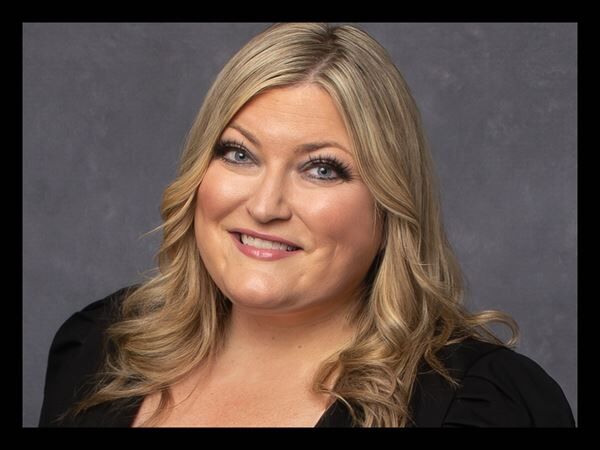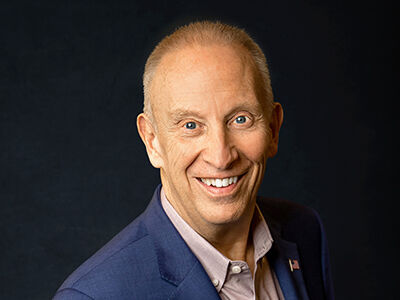Hospitals Can’t Afford to Wait - A New Model of Care is Here By Doug Duskin, CEO, Avel eCare
News > Health News

Audio By Carbonatix
6:50 AM on Thursday, October 9
The Associated Press
SIOUX FALLS, SD / ACCESS Newswire / October 9, 2025 / Across the country, the signs are clear - hospitals are closing beds, urgent care centers are cutting hours, and entire communities are losing access to critical services. It's happening in rural towns and large metro areas alike. Provider shortages are accelerating. Financial pressures are mounting. And when a hospital closes its doors, patients don't just lose a building - they lose the safety net that keeps communities alive.
The solution isn't a patchwork of one-off fixes. It's a fundamental shift in how we deliver care.
At Avel eCare, we've built something different from what most people think of when they hear "telemedicine." We are not a single-service vendor who disappears after a quick virtual visit. We are a fully integrated Virtual Health System - designed to take a patient from admission through discharge, regardless of bed size, location, or complexity of care.
From the moment a patient arrives in the emergency department, to inpatient monitoring, pharmacy orders, ICU care, specialty consults, and follow-up after discharge - we are there. We deliver consistent, high-quality care through a combination of technology-enabled workflows and an experienced, board-certified clinical team. It's not just a video call. It's a system.
And it works.
Hospitals that partner with Avel see measurable results:
Faster, better care - For example, our ICU service has helped reduce length of stay by an average of 1.75 days and cut time on ventilators by 13 hours per patient.
Stronger financial stability - Many partners see a 10-to-1 return on investment, avoiding costly locum contracts and keeping more patients - and revenue - local.
Staff support that drives retention - Whether it's an emergency airway at 2 a.m. or a behavioral health crisis in a school, our clinicians give local teams the backup they need to work at the top of their license, with confidence and consistency.
We're also redefining where care can happen. We've brought real-time physician and nurse support into the back of ambulances, into correctional facilities, and onto school campuses. Our partners in Nebraska, for example, have equipped more than 65 rural ambulances with our telehealth platform, virtually connecting volunteer EMTs with board-certified emergency physicians in minutes. The result: better outcomes, faster decisions, and stronger recruitment and retention for local EMS agencies.
What sets us apart isn't just our technology - it's how we use it. Our proprietary workflow platform allows our clinicians to move seamlessly between service lines, focusing on diagnosis and treatment rather than administrative tasks. We integrate directly into our partners' electronic medical records, creating a single, streamlined source of truth for every patient encounter.
But technology alone doesn't save lives. People do. Our 600+ physicians, nurses, and specialists are the backbone of this model. They're experienced in the highest-acuity environments, but they also understand the realities of caring for a patient in a two-bed ER or a remote farming community. They're not just consultants - they're teammates, invested in the mission of keeping hospitals open and communities healthy.
Healthcare should not be determined by your ZIP code. Every patient - from rural South Dakota to downtown Boston - deserves access to the same standard of care. That's what a true Virtual Health System delivers.
This is not a someday solution. It's here now. And it's the model that will keep doors open, stabilize our healthcare workforce, and ensure that quality care is available anywhere it's needed.
The challenges are real. But so is the opportunity. We've proven that a fully integrated, technology-enabled, clinically led health system can thrive - and help others do the same. Now, it's time for communities, health systems, and policymakers to think bigger, act faster, and partner in ways that ensure no hospital stands alone.
Because when care is always there, hospitals stay open, providers stay supported, and lives are saved.
Media Contact:
Jessica Gaikowski
Avel eCare
SOURCE: Avel eCare
View the original press release on ACCESS Newswire






